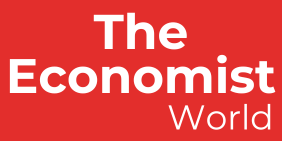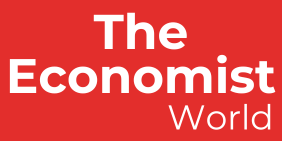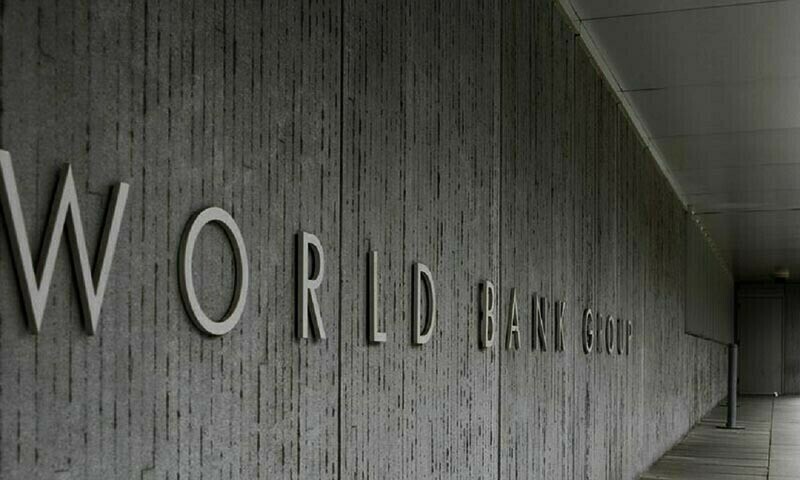• Notes economy showing signs of stability amid constraints
• Warns slow growth will make it difficult to create jobs, reduce poverty
ISLAMABAD: The World Bank on Wednesday slightly lowered its growth forecast for Pakistan to 2.7 per cent for the current fiscal year, citing continued economic stabilisation but persistent constraints from tight monetary and fiscal policies.
The World Bank had earlier predicted Pakistan’s economy to grow by 2.8pc during the current fiscal year in its Pakistan Development Update (PDU) released in October last year.
In a statement issued on Wednesday, the World Bank said that growth would remain subject to many downside risks but forecast that the economic growth rate would improve to 3.1pc in the next fiscal year (FY26) and 3.4pc in FY27.
In a rare move, the bank did not officially release its usual biannual PDU that was officially scheduled for launch on April 8 and postponed it at the last moment without any explanation.
When approached for comment, a World Bank spokesperson said the bank’s management was at the spring meetings in Washington and hence the PDU was not released as usual, and instead a statement was issued.
According to the statement, real GDP growth is expected to be supported by recovering private consumption and investment driven by subdued inflation, lower interest rates and recovering business confidence.
It said Pakistan’s economy was stabilising with easing inflation and improving financial conditions, as well as current accounts and primary fiscal surpluses. Amid continued tight macroeconomic policy, economic growth has been weak during the first half of the fiscal year.
Agriculture saw limited growth, in part due to adverse weather and pest infestations. Industrial activity declined, impacted by higher input costs and taxes, and reduced government spending.
Similarly, the growth of the services sector was muted, given limited spillovers from weak agriculture and industrial activity. While expected to strengthen, economic growth will remain tepid, making job creation and poverty reduction amid high population growth challenging, the World Bank said.
“Pakistan’s key challenge is to transform recent gains from stabilisation into economic growth that is sustainable and adequate for poverty reduction,” said Najy Benhassine, World Bank’s Country Director for Pakistan.
“High-impact reforms to prioritise an efficient and progressive tax system, support a market-determined exchange rate, reduce import tariffs to boost exports, improve the business environment and streamline the public sector would signal strong reform commitment, build confidence, and attract investment,” he said.
The bank said the growth would likely remain constrained amid tight monetary and fiscal policies aimed at rebuilding buffers and containing risks of imbalances. In addition, significant downside risks persist. It said the economic outlook remained fragile and any implementation delays in structural reforms or shifts in economic stabilisation could dampen the nascent recovery and intensify external pressure.
“Risks remain high due to elevated debt levels, policy and global trade uncertainties, and exposure to climatic shocks,” said Anna Twum, lead author of the report.
The bank called for structural reforms to unlock opportunities for private capital mobilisation to improve Pakistan’s digital infrastructure and enable the environment for the digital economy.
“Connectivity quality varies widely across provinces, while high costs make fixed broadband less accessible,” the bank said, adding that Pakistan had opportunities to improve its capability to digitally deliver services to its citizens and businesses through the ongoing development of its Digital Public Infrastructure (DPI).
However, the dividends from the DPI depend on several regulatory and institutional enablers and require ownership by the leadership and a strong coordination framework among the federal, provincial and local governments.
Published in Dawn, April 24th, 2025


